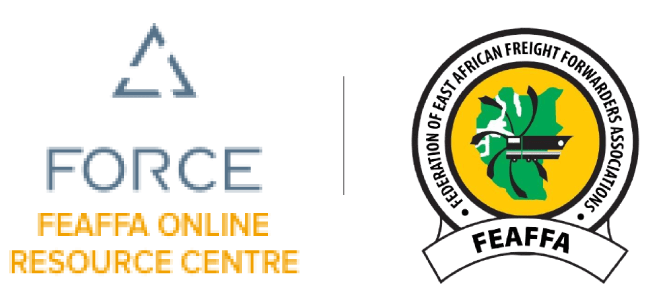Operating Environment
- “A freight forwarding business operating Environment” is the atmosphere within which the organization operates.
- The environment influences directly or indirectly the pattern of organizational performance of a freight forwarder either negatively or positively.
- There are two types of organizational environment:
- The internal environment
- The external environment.
Internal Environment
- Internal environment is a component of the business environment, which is composed of various elements present inside the organization that can affect or can be affected with, the choices, activities and decisions of the organization or is the aggregate of all inside factors that influence the operations and performance of an organization from within.
- The internal environment includes:
- The culture,
- Members,
- Events
- Factors within an organization that have the ability to influence the decisions of the organization, especially the behaviour of its human resource.
Elements/Components of the Internal Environment
Organizational guidelines such as:
- Code of conduct.
- Recruitment policy.
- Internet and email policy.
- Mobile phone policy.
- Non-smoking policy.
- Drug and alcohol policy.
- Health and safety policy.
- Anti-discrimination and harassment policy.
- Grievance handling policy
- Discipline and termination policy
- Using social media.
Organizational Rules
- Strict dress codes.
- Inflexible working hours and banning remote work.
- Requiring employees to always be available.
- Restricting employee internet use.
- Keeping track of bathroom breaks.
- Strict attendance policy.
- Overbearing performance review policy.
Organizational Structure
- Organization structure means such things as the composition of board of directors, the number of the independent directors, the extent of professional management and share-holding pattern.
- The nature of the organizational structure has a significant influence over decision making process in an organization.
- An efficient working of a business organization requires that its organization structure should be conducive to quick decision making. Delays in decision making can cost a good deal to a business firm.
- The structure of the organization determines the way in which activities are directed in the organization so as to reach the ultimate goal.
- These activities include the delegation of the task, coordination, the composition of the board of directors, level of professionalization, and supervision.
External Environment
- External Environment for freight forwarding organization can be defined as the interventions from outside the organization which are normally beyond their control.
- Factors outside or organization are the elements of the external environment.
- The organization has no control over how the external environment elements will shape up the organisation.
Political Legal Factors
- The political factors of the general environment refer to the business-government relationship and the overall political situation of a country.
- The government of a country intervenes in the national economy through setting policies/rules for business in a country; we see many such policies – import policy, export policy, taxation policy, investment policy, drug policy, competition policy, consumer etc.
- Political stability that affects the operations of business firms substantially.
Legal Factors
- The legal environment consists of laws and regulatory frameworks in a country.
- Many laws regulate the business operations of enterprises such as the Contract Act, and the Company law, just to name a few.
- Business laws primarily protect companies from unfair competition and also protect consumers from unfair business practices.
Economic Factors
- The economic factor of an organization is the overall status of the economic system in which the organization operates.
- A country’s economic conditions affect market attractiveness.
- The performance of business organizations is affected by the health of a nation’s economy.
- Examples of economic factors include the trend in economic growth, income levels of population, inflation rate, unemployment, tax rates for individuals and business organizations, etc.
Socio-Cultural Factors
- Customs, morals, values and demographic characteristics of the society in which the organization operates are what make up the socio-cultural factors of the general environment.
- Technological Factors
- It denotes to the methods available for converting resources into products or services.
- Technological factors include information technology, the Internet, biotechnology, global transfer of technology and so forth. None can deny the fact that the pace of change in these technological dimensions is extremely fast.
- The advancement of industrialization in any country depends mostly on the technological environment.
Environmental / Natural Factors
- The most pertinent issues in the natural environment include the availability of raw materials and other inputs, changes in the cost of energy, levels of environmental pollution, and the changing role of government ‘in environmental protection.
- Changes in physical/natural environment, such as global warming, heavily affect our daily lives and the functioning of our organizations with a variety of consequences.
Demographic Factors
- The demographic environment is concerned with a country’s population.
- Specifically, it is related to the population’s size, age structure, geographic distribution, ethnic mix, and income distribution.
International Factors
- Virtually every organization is affected by international factors.
- It refers to the degree to which an organization is involved in or affected by businesses in other countries.
